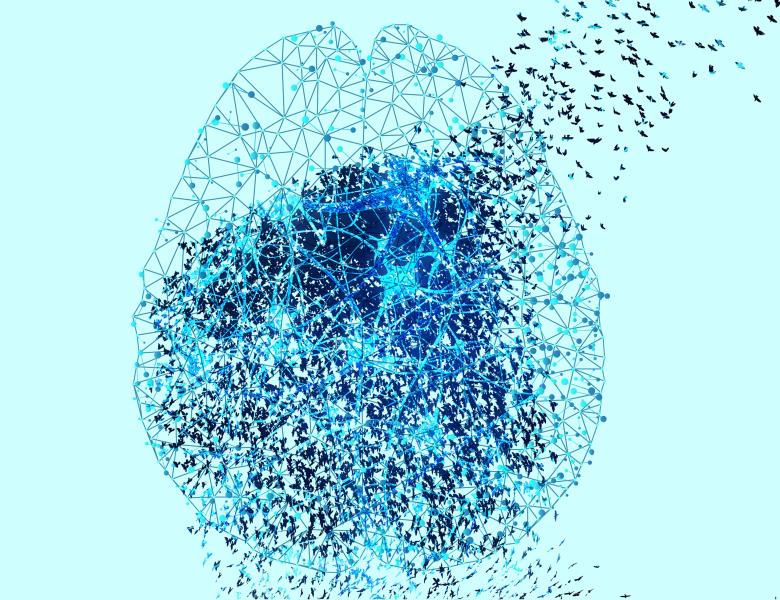
Abstract
The quest to understand consciousness, once the purview of philosophers and theologians, is now actively pursued by scientists of many stripes. We have defined the Conscious Turing Machine (CTM) for the purpose of investigating a Theoretical Computer Science (TCS) approach to consciousness. For this, we have hewn to the TCS demand for simplicity and understandability. The CTM is consequently and intentionally a simple machine. It is not a model of the brain, though its design has greatly benefited - and continues to benefit - from cognitive neuroscience, in particular the global (neuronal) workspace theory. Although it is developed to understand consciousness, the CTM offers a thoughtful and novel guide to the creation of an Artificial General Intelligence (AGI). For example, the CTM has an enormous number of powerful processors, some with specialized expertise, others unspecialized but poised to develop an expertise. For whatever problem must be dealt with, the CTM has an excellent way to utilize those processors that have the required knowledge, ability, and time to work on the problem, even if it, the CTM, is not aware of which of the processors these may be. We also show how the CTM naturally aligns with, and integrates, features considered key to human and animal consciousness by various of the main theories of consciousness. These theories tend to consider different aspects of consciousness and often compete with each other. Yet, their alignment with the CTM, at a high level, helps demonstrate their compatibility and/or complementarity with each other. But even more, their alignment with the CTM, a simple machine model, supports our claim that a conscious AI is inevitable. This is joint work with Manuel Blum and Avrim Blum.


